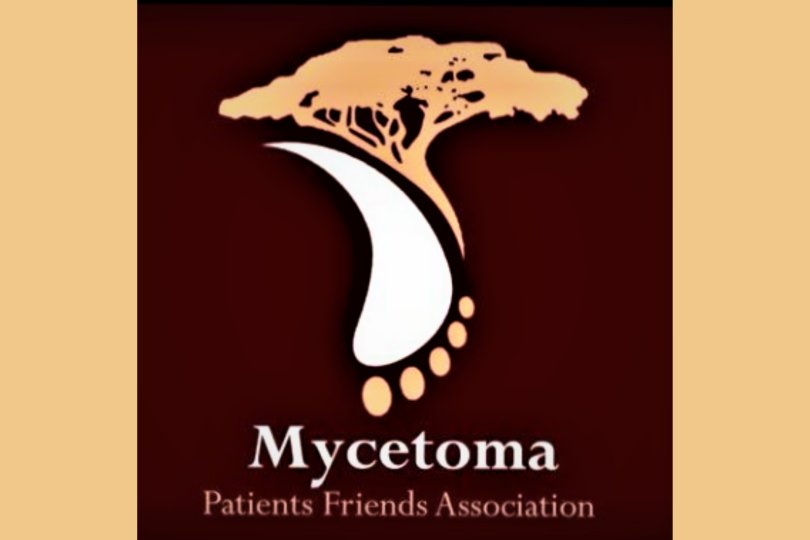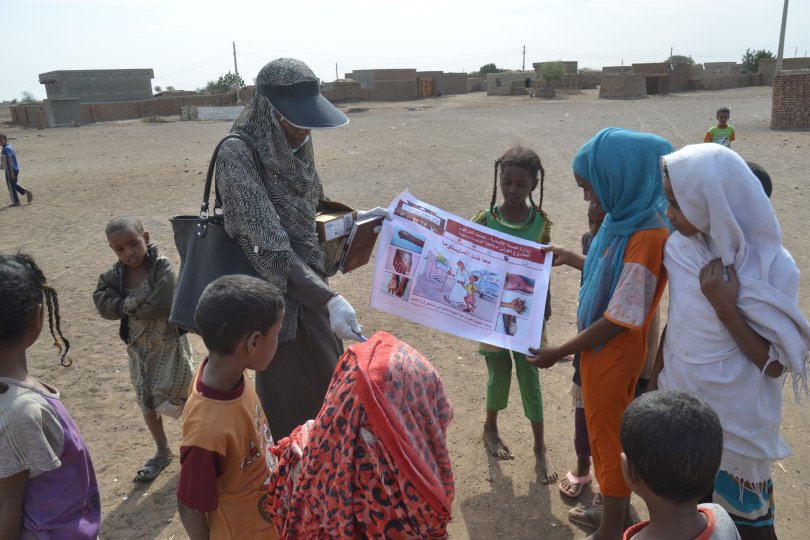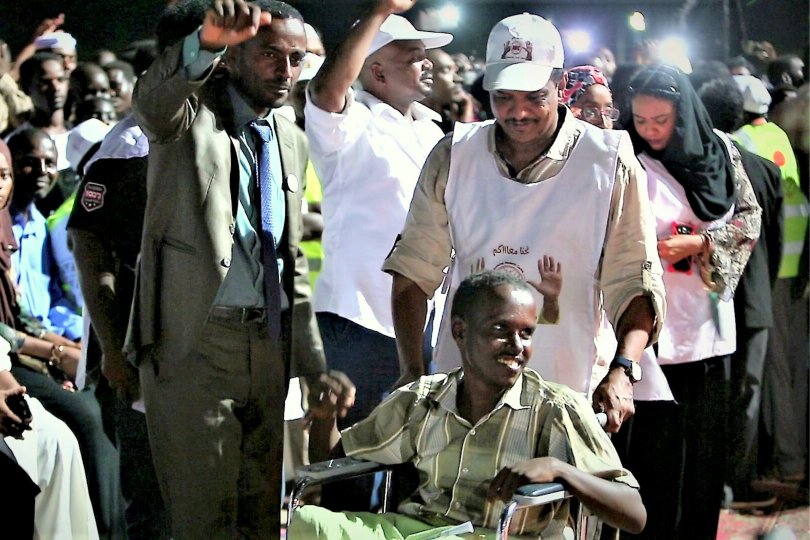My journey with Mycetoma
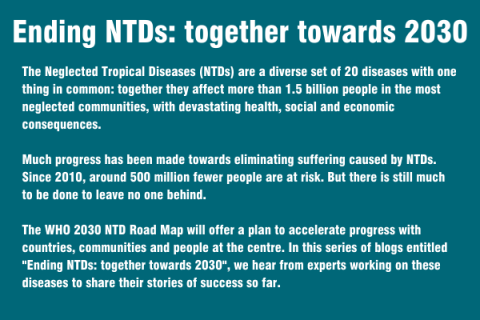
Professor Ahmed Hassan Fahal is professor of surgery and founder of the Mycetoma Research Centre at the University of Khartoum, Khartoum, Sudan.
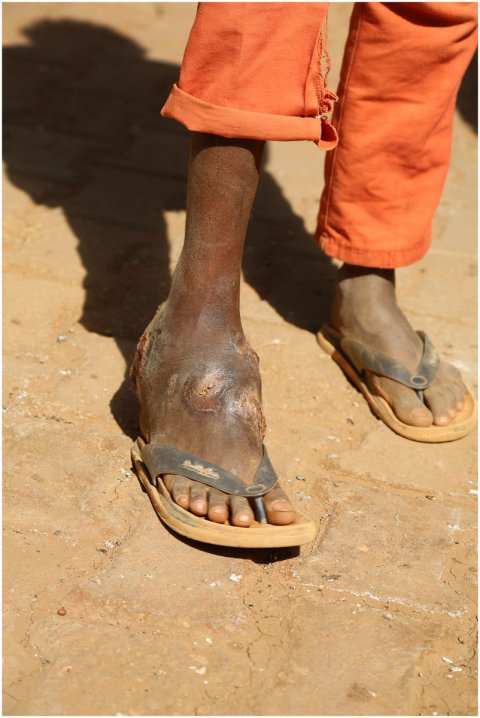
Mycetoma is a chronic granulomatous inflammatory disease, caused by certain fungi or bacteria.
It presents as a painless subcutaneous mass and forms multiple sinuses that produce purulent discharge and grains. If not treated early and appropriately, it usually spreads to affect the deep structures and bone, resulting in massive damage, deformities and disabilities and it can be fatal.
Mycetoma enjoys all the characteristics of NTDs. It frequently affects the poorest of the poor, living in poor communities and remote regions.
The affected populations are of low socioeconomic status, of low visibility and low political and social voice, and hence they are neglected.
The disease is considered a social stigma, particularly among females and children, so they tend to hide it for a prolonged period. When they are finally compelled to seek medical care, the condition is at a late stage.
Mycetoma patients have many socioeconomic constraints that hinder them from seeking medical care. In the remote, mycetoma-endemic areas, the health and medical facilities are meagre, and it is difficult for the patients to reach the regional health centres.
The journey
On a sunny Friday morning in 1988 as a young trainee at the Professorial Surgical Unit at the University College Hospital, London, I met a young visiting Somalian surgeon. In between operations, we discussed the existing health issues in Sudan and Somalia, including the many mycetoma cases in Sudan.
He referred to the work of my then teacher, Professor Mahgoub. After reflecting on our chat, my desire to research mycetoma and its impacts only grew. I found a monograph on mycetoma written by Professor Mahgoub at our library and met him to express my interest in working with him on mycetoma upon my return to Sudan.
He was very receptive and introduced me to Dr Rod Hay, the then senior lecturer at the London School of Hygiene & Tropical Medicine; we discussed various future research projects. There are some moments in a young doctor’s career when the passions are ignited, and this was definitely one of them. His enthusiasm pulled me into his orbit and set me off in this line of work.
There are some moments in a young doctor’s career when the passions are ignited, and this was definitely one of them.
The first Mycetoma Unit in Sudan
On my return to Sudan in 1988, I worked with Professor Mahgoub for a short time, prior to his unplanned departure of the country following the military coup in 1989. My interest in helping mycetoma patients grew, leading to me establishing in 1990 a small mycetoma clinic at a compact office at ward D2 at Khartoum Teaching Hospital.
In 1991, I moved to Soba University Hospital and established a small Mycetoma Unit at the annexe of the old Surgical Endoscopy suite. This caused irritation to my more senior colleagues, who did not welcome this new state of affairs; claiming that mycetoma patients would soil the surgical wards by increasing the surgical sepsis rate.
Many thought I would abandon this work upon my promotion to the professorship, some believed I was wasting my time, others were making fun of my project, and a few were actually obstructive. Yet, we endured on the fuel of self-belief.
You either find your way, or you make your way
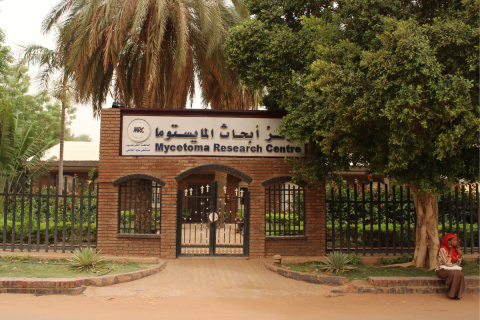
Gradually, this small unit developed, becoming the Mycetoma Research Centre (MRC), which was no small feat. It required a level of dedication which at times brought me to tears of pain and frustration. The fact is that mycetoma is a neglected disease, the patients are of low socioeconomic status, of low health education, of low visibility, with no voice.
They frequently present late with advanced disease. These factors led to a high level of disinterest in mycetoma globally, and no support was offered to the MRC. This made my endeavour to find a cure feel all the more important and meaningful.
At that time, there was only one drug for treating eumycetoma; ketoconazole. It was ineffective, expansive, toxic and not accessible. The treatment required long-term care and multiple trips to the centre. Amputation, which is a social stigma in the country, was the only available treatment for many patients with advanced disease.

Our capacity to manage patients has increased from one ad hoc out-patient per week in 1991 (where patients pay for investigations and treatment), to regular and numerous clinics a week and a database of over 9,500 registered patients receiving free treatment.
MRC is the only WHO Collaborating Centre for Mycetoma and is one of its kind worldwide, achieved after many years of hard work. The MRC, with the kind support from the Sudan Ministry of Health and the Drugs for Neglected Disease Initiative (DNDi), Geneva, had worked tirelessly to include mycetoma as a member of the WHO Neglected Tropical Diseases list. This was done in 2016, and was a historical achievement.
The MRC has published over 230 articles in highly reputable journals and collaborating with 16 international research institutes, centres, organisations and pharmaceuticals. The centre currently has ten PhD students registered in different universities in the UK, France and the Netherlands as well as many master’s degree students.
It had organised four international conferences, several workshops and seminars on mycetoma. Sponsored by the DNDi, Geneva, the MRC is currently conducting the first-ever double-blind clinical trial on a new drug for mycetoma. The DNDi support, succour and backing for the MRC is tremendous and generous.
Reaching out
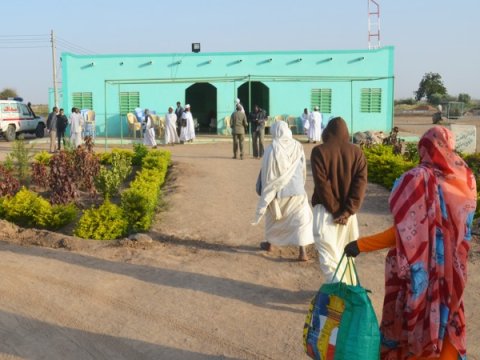
Reaching out to patients, the MRC established two Mycetoma units in highly endemic villages, one in Sennar State and one in White Nile State with facilities for surgical and medical treatment, diagnostics and health education provided by mobile teams from the centre.
Additionally, the MRC organised a prosthesis campaign for amputees in one endemic region where 160 prostheses were made at the Wad Onsa village free of charge.
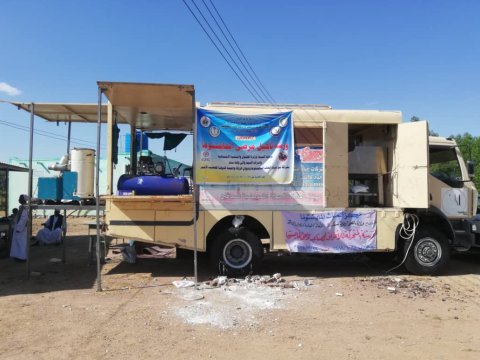
Extending our patients’ support, MRC established the Mycetoma Patient Friends Association, an NGO to support patients medically, psychologically, and socio-economically; and has organised several fine art exhibitions and music festivals for mycetoma awareness and advocacy.
Whilst I’m proud of what we have achieved, the travails of building an organisation from the ground up have taught me the value of a multi-disciplinary team and networking, whilst the hardship of patients travelling from all over the country with modest means humbled me about the meaning of my work.
Still, there is a lot to be done
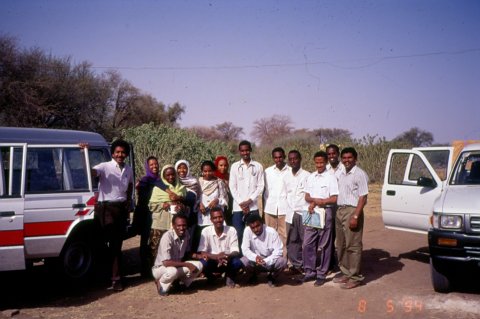
In the pipeline is our vocational training centre for the mycetoma disabled patients and amputees, enabling them to acquire new skills and a better life.
Furthermore, we hope to extend our research work to generate valid evidence for better patients’ management, and mycetoma endemic communities support with the vision of achieving zero mycetoma globally.
